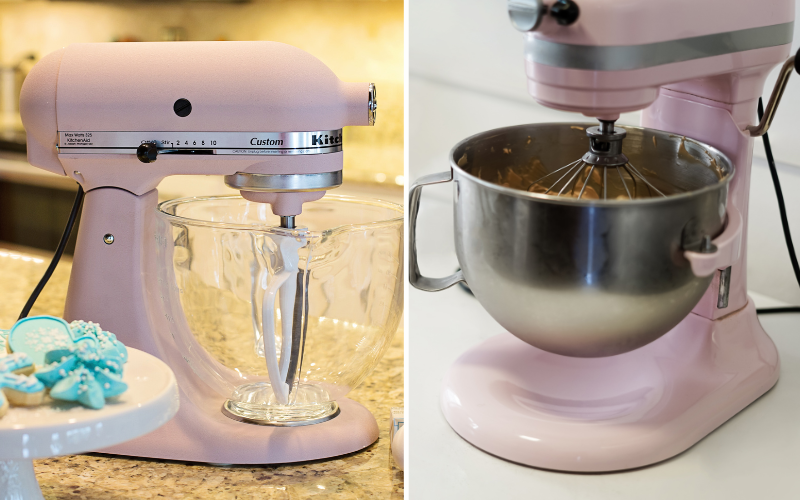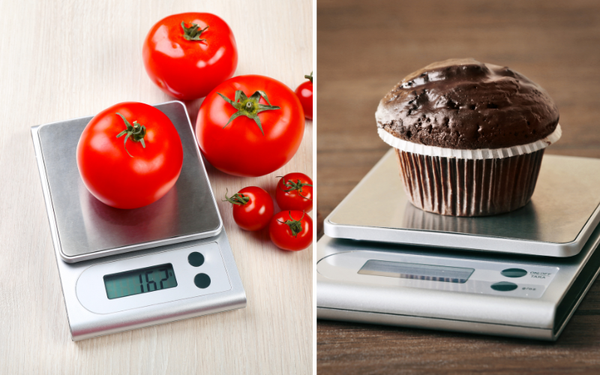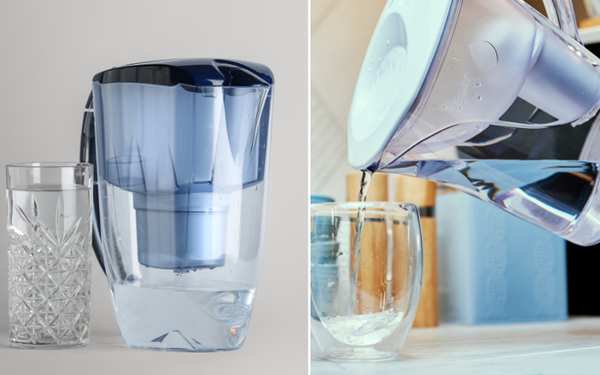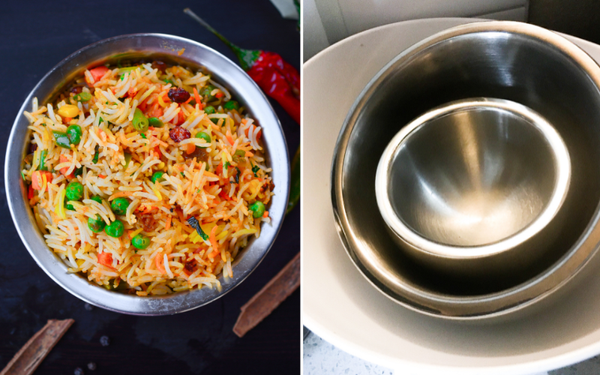Many tout KitchenAid as the apex of mixing mastery, but is KitchenAid really the best mixer? This review dives into the raw performance, durability, and versatility of these popular kitchen staples, comparing them against other leading brands without any fluff. Discover the facts you need to make an informed decision before whisking up a storm with your next mixer.
Key Takeaways
- KitchenAid mixers are praised for their performance in tasks like kneading bread, whipping cream, and mixing cookie dough, but may require adjusting mix times due to their efficiency.
- The durability of KitchenAid mixers is attributed to their all-metal construction, with the option between tilt-head for ease of access and bowl-lift designs for stability, complemented by a one-year warranty extendable to four years.
- KitchenAid mixers offer unmatched versatility with over twenty attachments available for tasks beyond mixing, including making pasta, grinding meat, and making ice cream, suitable for various culinary projects.
KitchenAid Stand Mixers: Unmatched Performance?
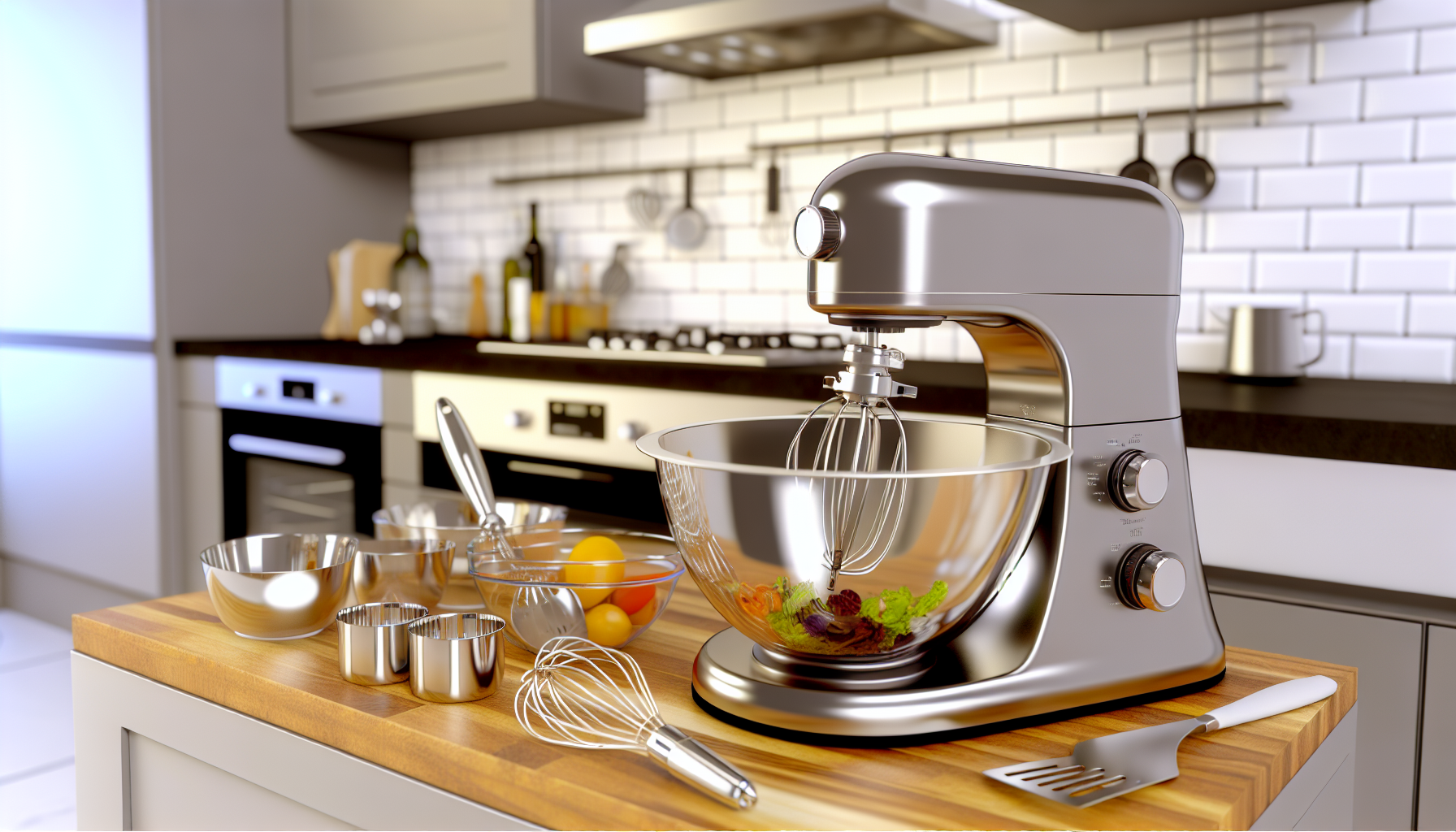
When it comes to kneading bread dough and other baking tasks, the best KitchenAid stand mixers have become a common sight in many kitchens due to their exceptional performance. However, the performance of a KitchenAid stand mixer can sometimes be a double-edged sword, as their faster and more thorough mixing capabilities may require adjustments in mixing times to avoid over-mixing.
Their reliable reputation holds strong, with certain models like the Artisan Mini gaining recognition for their adaptability and compact size, ideal for infrequent bakers with limited space.
Kneading Bread Dough
The 7-Quart Pro-Line model is often recommended for kneading bread dough, demonstrating excellent performance in recipe tests. Some key features of this model include:
- Stability: The wider bowl-lift design reduces the amount of movement or shaking during kneading.
- Power: This model offers powerful performance for kneading even tough dough.
- Control: The Pro-Line model allows for precise control over the kneading process.
For optimal results and to avoid damaging the mixer, KitchenAid suggests using speed 2 when kneading bread dough. This shows that KitchenAid mixers are not only powerful but also delicate when they need to be, combining the best of both worlds for the perfect loaf every time.
Whipping Cream
Whipping cream is a breeze with KitchenAid mixers, thanks to their powerful motors and efficient attachments. The whisk attachment is a game-changer in the whipped cream process, as it incorporates more air into the mixture, creating an airy and frothy texture that’s just perfect. And in just around 10 minutes, you can have your cream whipped to the desired consistency.
A high speed setting is advised for this task, showcasing once more the power inherent in KitchenAid mixers.
Mixing Cookie Dough
When it comes to mixing cookie dough, KitchenAid mixers shine, but some models may struggle with larger batches. That’s where the Professional 600 Series comes in, with its strong motor efficiently handling large batches of cookie dough.
The Artisan Series model, on the other hand, has a 5-quart capacity, making it suitable for mixing large batches of cookie dough. By using the suggested speeds of 4 and 5, you can achieve the ideal consistency in your cookie dough for a flawless batch each time.
Design and Durability: Are KitchenAid Mixers Built to Last?
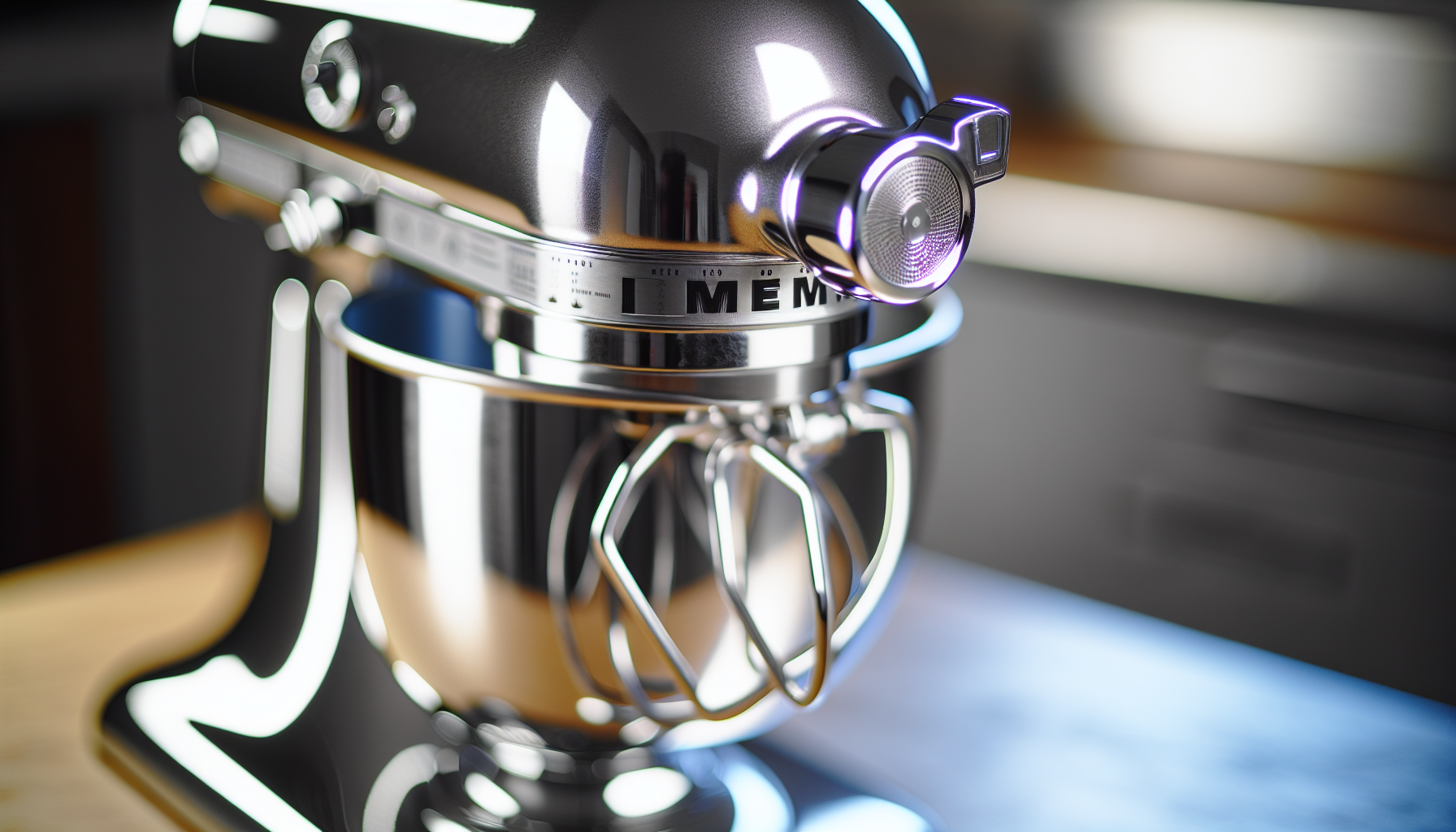
Built for durability, some users have noted that their KitchenAid mixers have been faithfully serving them for decades. This durability is down to their all-metal construction, which provides a higher level of stability and reliability compared to other mixers that use plastic in their construction. But it’s not just about the materials used; it’s also about the design.
KitchenAid offers both tilt-head and bowl-lift models, each with its own advantages. The tilt-head models provide more space and ease of access, while the bowl-lift models are more stable, reducing the amount of movement or shaking during operation.
All-Metal Construction
The all-metal construction of KitchenAid mixers is a testament to their durability and stability. This design not only contributes to the mixer’s longevity but also enhances the user experience by preventing the mixer from shaking or moving on the countertop during operation.
In contrast to other brands that resort to plastic components to lower costs, KitchenAid mixers, with their full metal design, could provide a higher standard of quality and longevity.
Tilt-Head vs. Bowl-Lift Models
Your specific needs will dictate whether a tilt-head or a bowl-lift KitchenAid mixer is the right choice for you. A tilt-head mixer offers ease of access for placing a bowl in the base or adding ingredients, while a bowl-lift mixer offers enhanced stability, reducing movement or shaking during operation.
If you need more space between the bowl and the bottom of the mixer head for adding ingredients, a bowl-lift mixer may be the better option. However, for heavy-duty mixing tasks, the stability of the bowl-lift design shines.
Warranty and Repair Options
KitchenAid stands by their mixers with a limited one-year warranty, and the option to extend it for an additional three years. This demonstrates their confidence in their mixers’ durability and performance. But if the unexpected happens and your mixer needs repairs after the warranty period, don’t worry. KitchenAid has a network of authorized repair technicians ready to service your mixer.
Regular maintenance, such as realignment, regular grease changes, and troubleshooting power supply issues, can also help extend the lifespan of your KitchenAid mixer.
Versatility: Can KitchenAid Mixers Do It All?
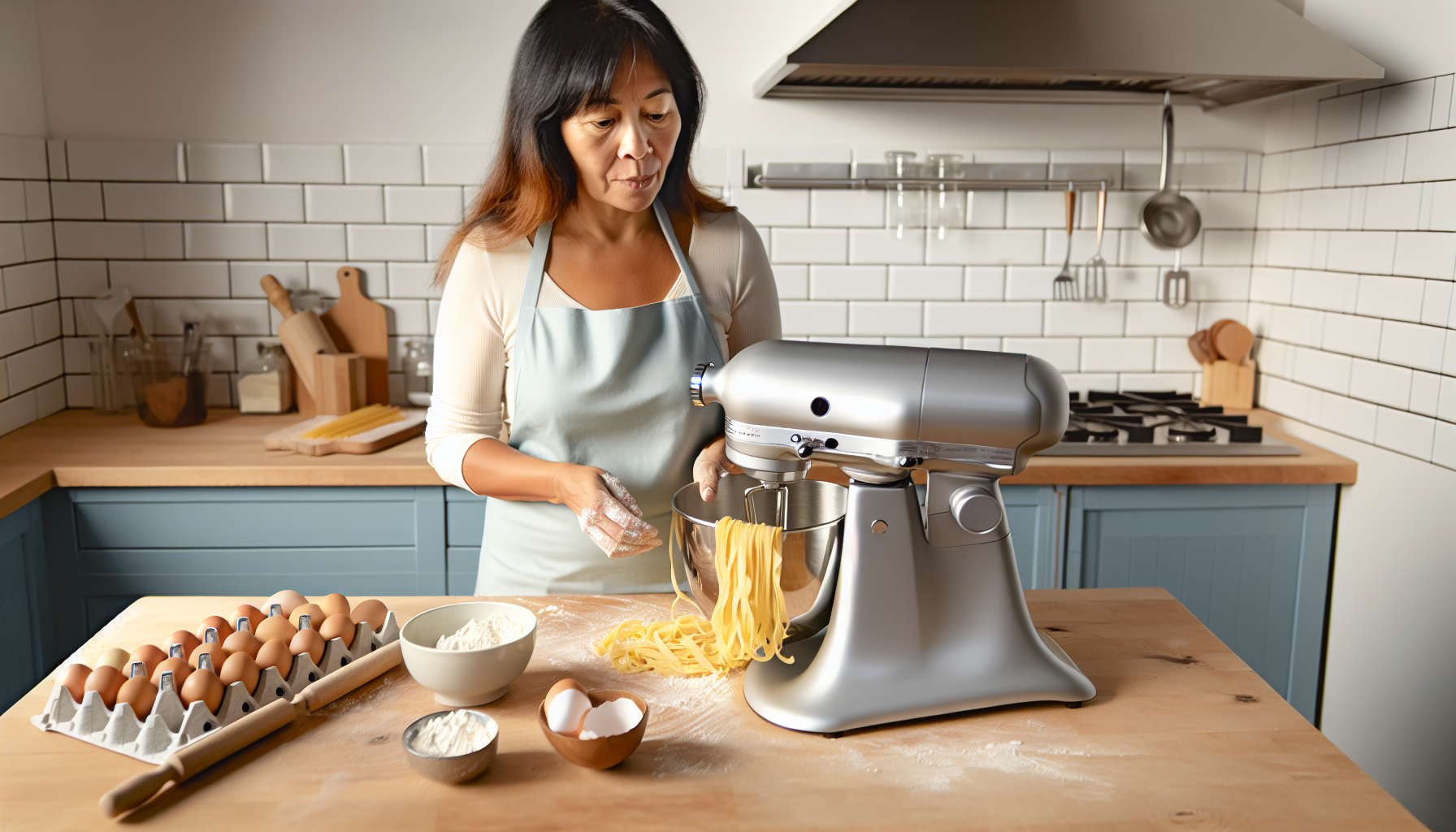
Versatility is a key feature that sets KitchenAid mixers apart. With over twenty different attachments available, including a pasta roller, meat grinder, and ice cream maker, a KitchenAid mixer can do much more than just mix. This versatility extends to all models, as all KitchenAid mixers have the same attachment hub.
So, whether you’re looking to create zoodles, sausage, or homemade ice cream, there’s a KitchenAid attachment for that!
Pasta Making Attachments
The pasta-making attachments genuinely differentiate KitchenAid mixers from their competitors. With a pasta roller attachment, a pasta sheeter, and a pasta extruder, you can make all sorts of fresh pasta right in your own kitchen.
Setting up the pasta roller attachment is a breeze, and you’re ready to start rolling out your fresh pasta dough. This versatility allows you to expand your culinary repertoire and impress your dinner guests with homemade pasta.
Meat Grinder and Sausage Stuffer
The meat grinder and sausage stuffer attachments elevate the capabilities of your KitchenAid mixer. These attachments are compatible with a range of KitchenAid mixer models, making them a versatile tool for a wide range of meat processing tasks.
From grinding your own burger meat to making homemade sausages, these attachments are easy to use and clean, and they’re made of durable metal, ensuring they’ll last as long as your mixer.
Ice Cream Maker
Homemade ice cream is a sweet treat, and with the KitchenAid ice cream maker attachment, it’s easier than ever to make. Compatible with all stand mixers except for the Artisan Mini, this attachment gives you the ability to make up to 2 quarts of ice cream in one go. From matcha green tea to strawberry or ube, the flavor possibilities are endless.
The cherry on top? Your homemade ice cream can be ready in under 30 minutes.
Comparing KitchenAid Models: Which One Is Right for You?
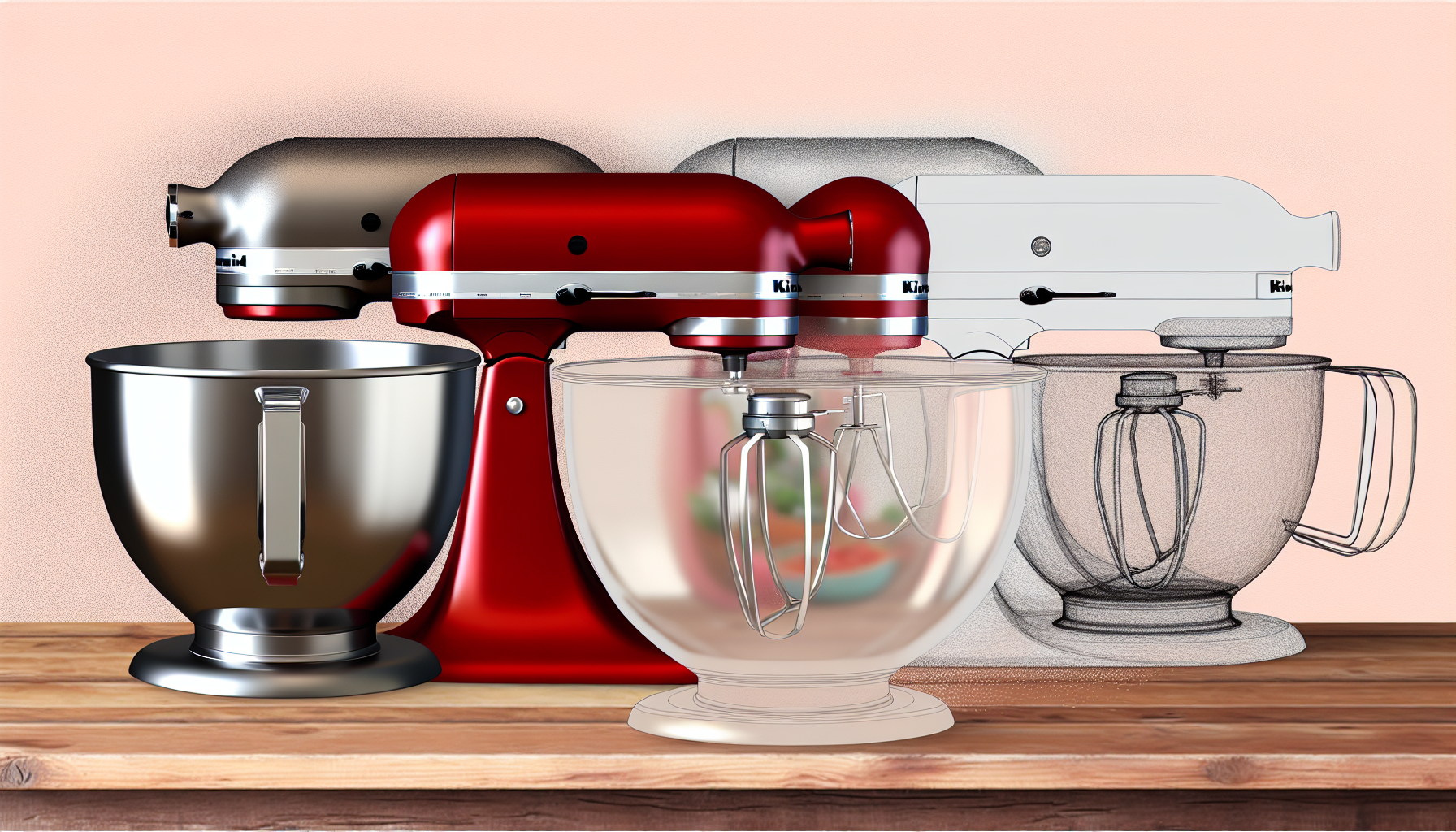
Your particular needs will guide your choice of KitchenAid mixer model. Some options to consider are:
- The Artisan Series 5-Quart Tilt-Head Stand Mixer: a versatile and popular choice for home bakers, offering a balance of power, size, and design.
- The Professional 600 Series 6-Quart Bowl-Lift Stand Mixer: built for high-volume recipes and bread doughs, thanks to its all-metal construction and powerful motor.
- The Artisan Mini 3.5-Quart Tilt-Head Stand Mixer: perfect for those short on space or occasional bakers.
Consider these options and choose the one that best fits your needs.
Artisan Series 5-Quart Tilt-Head Stand Mixer
The Artisan Series 5-Quart Tilt-Head Stand Mixer is a crowd favorite among tilt head stand mixers, and it’s easy to see why. It’s versatile, powerful, and stylish, suitable for medium-sized baking tasks and perfect for casual bakers. The mixer comes with a variety of attachments, including a dough hook, a flat beater, and a whisk, and it offers ten speeds for precise control.
Plus, it’s available in an array of color options, so you can choose the one that best matches your kitchen decor.
Professional 600 Series 6-Quart Bowl-Lift Stand Mixer
Ideal for frequent large quantity baking, the Professional 600 Series 6-Quart Bowl-Lift Stand Mixer is a robust machine. Its powerful 575-watt motor can handle large and challenging batches of ingredients, and its sturdy design keeps it stable on the counter during operation.
The mixer’s bowl-lift mechanism provides a secure and steady mixing platform, especially advantageous for handling heavy-duty mixing duties with bowl lift stand mixers. With over ten color options, it offers flexibility to match your kitchen’s decor.
Artisan Mini 3.5-Quart Tilt-Head Stand Mixer
For those with limited kitchen space or who only need a mixer for single batch recipes, the KitchenAid Artisan Stand Mixer Mini 3.5-Quart Tilt-Head Stand Mixer is the ideal choice. Despite its compact size, it packs a punch with its 250-watt motor, comparable to the Classic and Classic Plus models from KitchenAid. While it may lack the power of higher-end models, it makes up for it with its convenience and ease of use.
So, if you’re a casual baker with limited space, the Artisan Mini might just be the mixer for you.
KitchenAid Mixers vs. Competitors: A Side-by-Side Comparison
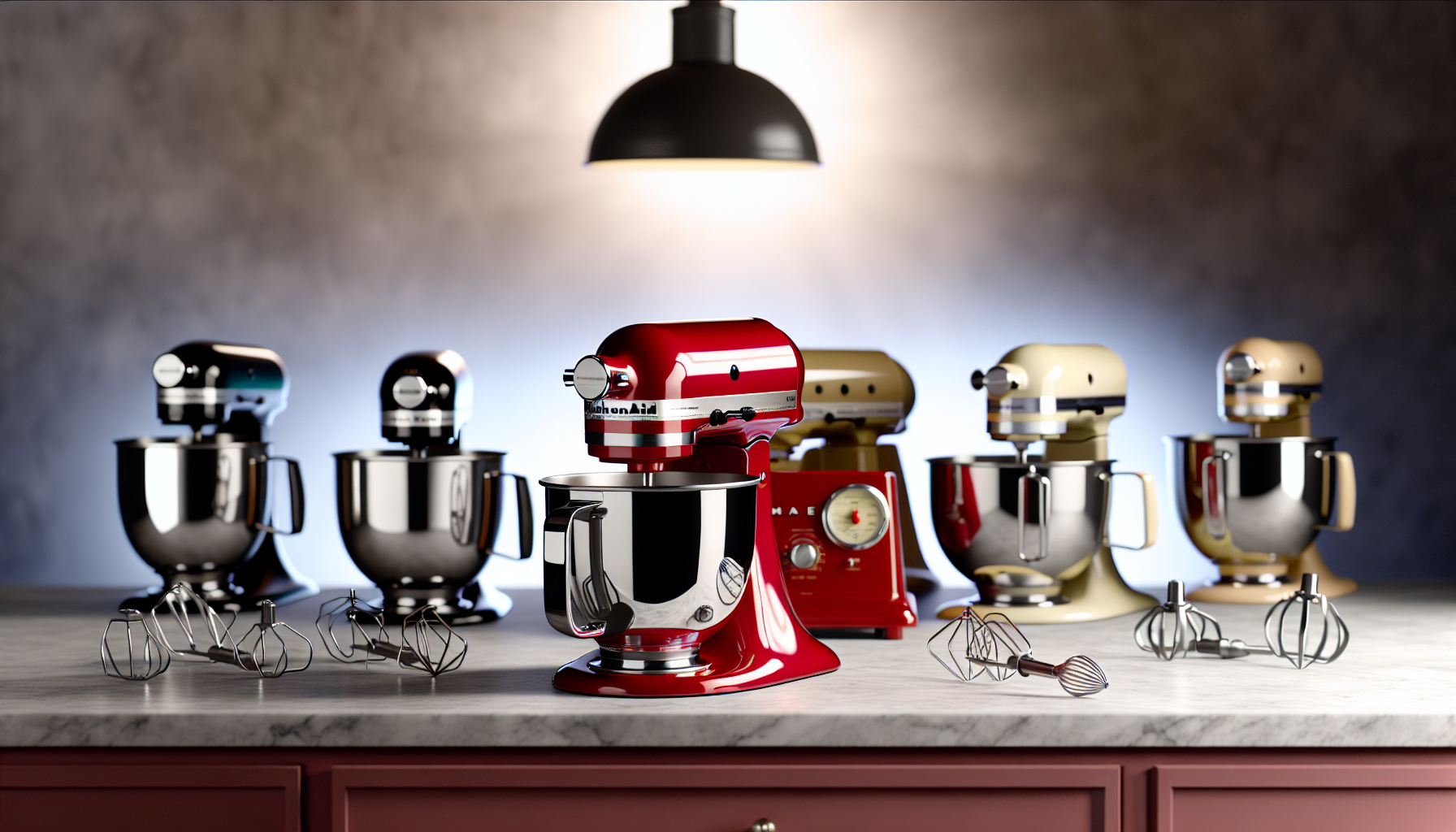
How do KitchenAid mixers stack up against their competitors? Let’s explore. When compared to other brands such as the Bosch Universal Plus and the Cuisinart SM-50, KitchenAid mixers hold their own, thanks to their high-quality performance and versatility. However, each brand has its own unique features and strengths.
The Bosch Universal Plus, for example, offers a unique design and impressive performance, especially with bread dough. The Cuisinart SM-50, on the other hand, presents itself as an affordable alternative to KitchenAid’s lineup, offering good value and a powerful motor.
Cuisinart SM-50
The Cuisinart SM-50 emerges as a cost-effective alternative to KitchenAid mixers. It comes with:
- a 500-watt motor
- die-cast metal construction
- 12 speeds for precise control
- a variety of accessories, including a 5.5 Qt. stainless steel mixing bowl and a chef’s whisk.
While it may not match KitchenAid’s overall performance, it provides a competitive and cost-effective option for those on a budget.
Bosch Universal Plus
With its distinctive design featuring a motor in the base and a roomy 6.5-quart plastic bowl, the Bosch Universal Plus provides plenty of space for your ingredients. With its powerful 500-watt motor, it excels in handling heavy doughs and can mix and knead up to 14 pounds of dough.
While it may not have the same level of versatility as KitchenAid mixers, its performance and unique design make it a strong contender in the world of stand mixers.
Tips for Getting the Most Out of Your KitchenAid Mixer
Proper use, understanding the correct speed settings for various tasks, and regular cleaning and maintenance are essential to maximize the potential of your KitchenAid mixer. Here are some tips to help you achieve optimal results:
- Knead dough at speed 2
- Whip cream at speeds 8 and 10
- Mix cake batter at speed 4
- Beat egg whites at speed 6
- Blend ingredients at speed 4 or 6
Remember to always consult your KitchenAid mixer’s manual for specific instructions and recommendations.
It’s not just about correct usage, maintenance is also key.
Proper Use and Speed Settings
Understanding the different speed settings on your KitchenAid mixer is the first step to getting the most out of it. From kneading dough at speed 2 to whipping cream at high speeds, each task requires a different speed for optimal results. And it’s not just about the speed.
The mixer operates using a resistor-capacitor-triac system, providing precise speed control and a smooth and consistent mixing process.
Cleaning and Maintenance
Keeping your KitchenAid mixer clean and well-maintained is vital for its longevity and performance. From hand-washing the wire whip to washing other parts in warm, soapy water, each component requires different care.
Regular maintenance can extend the life of your mixer, preventing overheating and ensuring it remains in top shape for longer. After all, a well-cared-for mixer is a happy mixer!
Summary
In conclusion, KitchenAid mixers offer a winning combination of performance, durability, and versatility. Whether you’re kneading bread dough, whipping cream, or mixing cookie dough, you can count on KitchenAid to deliver. From the stylish and versatile Artisan Series 5-Quart Tilt-Head Stand Mixer, to the heavy-duty Professional 600 Series 6-Quart Bowl-Lift Stand Mixer, and the compact Artisan Mini 3.5-Quart Tilt-Head Stand Mixer, there’s a KitchenAid mixer for every baker. And while they may face competition from brands like Bosch and Cuisinart, their reputation for quality and reliability stands strong.
Frequently Asked Questions
Are there any mixers better than KitchenAid?
Yes, the Cuisinart Precision Master SM-50 is considered better than the KitchenAid for its ease of use and quiet operation.
What is so special about a KitchenAid mixer?
The KitchenAid mixer is special because it comes in a variety of colors and has a large 5-quart bowl for mixing big or small batches, making it versatile and eye-catching as well as functional. Plus, its durable metal parts and repairability make it a long-lasting investment.
Is KitchenAid considered high end?
No, KitchenAid is not considered high-end, but rather falls into the category of affordable luxury appliances. Therefore, it is priced more affordably compared to high-end brands.
What are the key performance features of KitchenAid mixers?
The key performance features of KitchenAid mixers include high performance in tasks such as kneading bread dough and whipping cream, a range of speed settings, and various attachments for added versatility.
Can KitchenAid mixers make pasta and ice cream?
Yes, KitchenAid mixers can make fresh pasta and ice cream with the appropriate attachments, providing versatility in the kitchen.
You Might Also Like...
